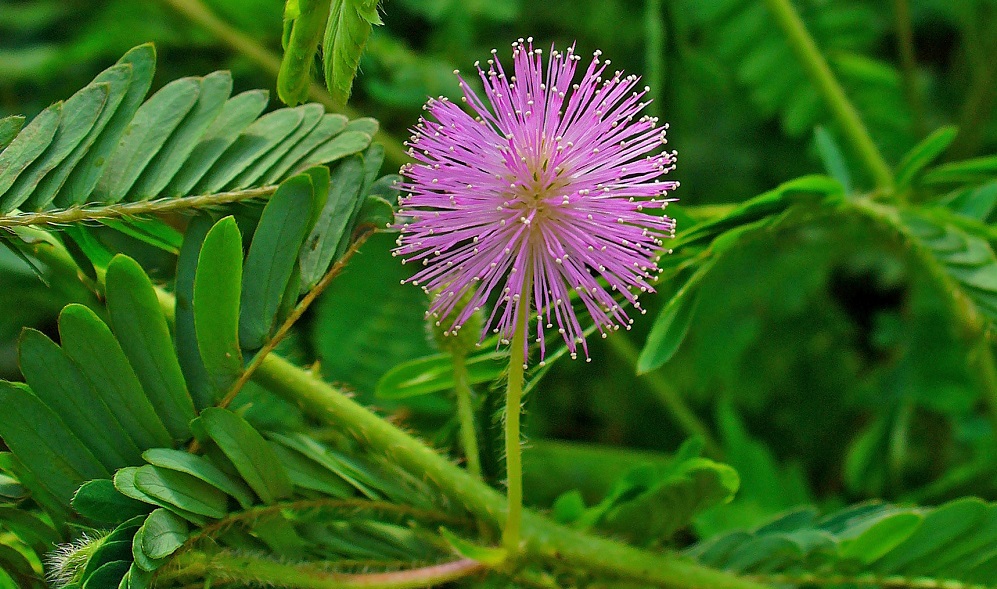The Latin name of the herb fabaceae is Tussilago farfara . The name fabaceae comes from the lower white surface of the plant leaves.
Action and application. The herb acts anti-inflammatory and expectorant in acute inflammatory processes of the respiratory system, pharyngitis, pleurisy, bronchial asthma, soothes coughing and coughing attacks – especially at night. It is mainly used in catarrh of the upper respiratory tract, acute bronchitis and laryngitis.
At the end of May, when the leaves appear, top green, below silver-white, we use them because of the high vitamin C content. Leaves are edible and often spring salads.
In chronic bronchitis accompanied by seizures and intense shortness of breath, inhalations with infusion from leaves and plant colors are made from 5-6 to 10 times a day. For a very short time there is relief.
Juice from the leaves is used for dilution of seizures in asthmatics and smokers. There is evidence that it also calms ear pain.
The pods have excellent effect in the inflammation of the veins. Prepare a pack of fresh crushed leaves, which is placed in the inflamed areas.
Chemical composition : The subfamily is rich in polysaccharides. The leaves contain 7 – 8% of the mucus, which is due to the germinating action of the herb. The drug also contains inulin, the bitter substance, drojylin, saponins, alkaloids, and tanning substances.
The plant grows early in spring on damp soils, celery and scree. First, the flower is visible long before the leaves. Bees and insects receive their first food from them.
The usable part of the plant is the leaves.
The young leaves of the plant are collected. This happens in July and August in dry and sunny weather. After thorough cleaning, the leaves are scattered in the sun for half a day, and then drying can continue in the shade. Correctly dried leaves from the top collar are green, and the bottom is silver white, strongly mossy.
Thickness should not be used during pregnancy and breastfeeding.

